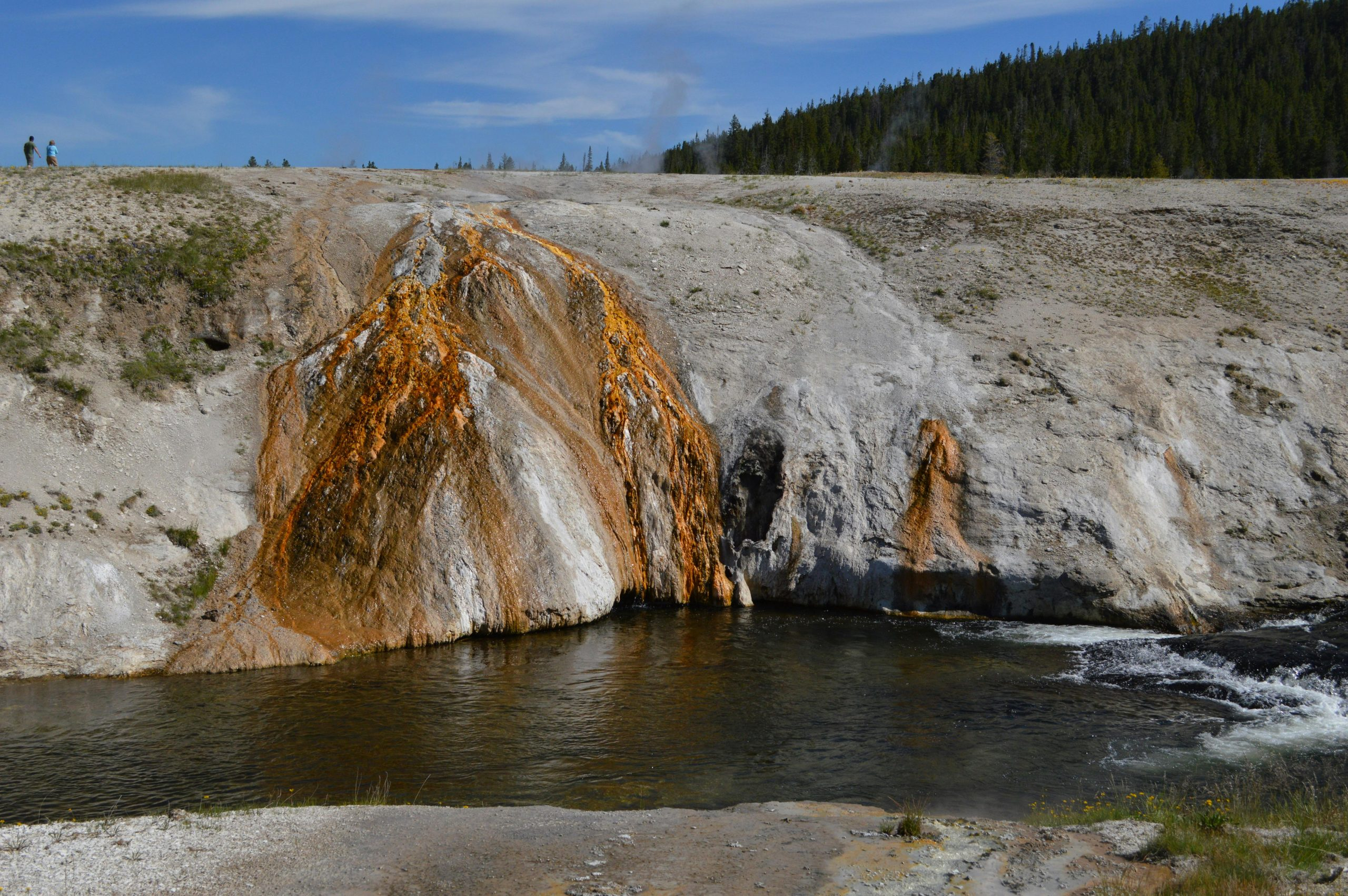Sustainable Iceland: Exploring Geothermal Hot Springs and Glaciers
Iceland is known for its breathtaking natural wonders, including geothermal hot springs and massive glaciers. But beyond its idyllic beauty, Iceland also stands as a global leader in sustainability. The country has set ambitious goals to become completely carbon neutral by 2040 and has already made significant progress towards this goal. This makes Iceland the perfect destination for travelers who want to explore stunning landscapes while also supporting sustainable practices. In this article, we will dive into the sustainable side of Iceland, focusing on its geothermal hot springs and glaciers.
The Power of Geothermal Energy
Iceland is home to numerous geothermal hot springs, which are natural pools of water heated by the Earth’s geothermal energy. This unique feature of the island is a result of its location on the Mid-Atlantic Ridge, a tectonic boundary that creates volcanic and geothermal activity. Geothermal energy is a significant source of power in Iceland, accounting for over 26% of the country’s electricity production.
Sustainably Harnessing Geothermal Energy
What makes Iceland stand out is its responsible use of geothermal energy. Unlike other countries that rely heavily on fossil fuels, Iceland has made a conscious effort to shift towards renewable energy sources. Geothermal energy is a clean and renewable source of power, making it a crucial element in Iceland’s efforts to become carbon neutral.
One of the ways Iceland harnesses geothermal energy is through the use of geothermal power plants. These plants use heat from underground and convert it into electricity, without emitting any harmful greenhouse gases. These power plants have become an integral part of Iceland’s economy and are a significant contributor to its renewable energy goals.
Relaxing in Sustainable Hot Springs
In addition to being a source of clean energy, geothermal hot springs also offer a luxurious and sustainable way to relax. Unlike traditional hot tubs that require constant heating, geothermal hot springs rely on the Earth’s natural heat, making them more energy-efficient and sustainable. Some of the most popular hot springs in Iceland, such as the Blue Lagoon, use geothermal energy to heat their pools, providing visitors with a unique and eco-friendly experience.
Protecting the Environment
The popularity of Iceland’s hot springs has also raised concerns about the impact of tourism on the environment. To combat this issue, some hot springs have implemented sustainable practices to protect the surrounding natural landscapes. For instance, the popular Reykjadalur hot spring has banned the use of plastic and encourages visitors to use refillable water bottles. Additionally, the hot spring’s caretakers regularly monitor water quality to ensure the preservation of the area’s natural beauty.
Preserving Impressive Glaciers
Iceland’s glaciers are another natural wonder that draws visitors from all over the world. These massive ice caps cover over 11% of the country’s landmass, making them a vital part of the Icelandic landscape. Unfortunately, with the effects of climate change, these glaciers are rapidly melting, and Iceland is not immune to this issue. However, the country is taking action to preserve its impressive glaciers for future generations.
Sustainable Glacier Tours
Iceland’s glaciers offer a range of outdoor activities, from hiking and ice climbing to snowmobiling and glacier walks. While the melting of these glaciers is concerning, Iceland is taking steps to ensure that these activities are conducted sustainably. For example, some tour companies are using electric snowmobiles instead of gas-powered ones, reducing their environmental impact. Furthermore, some tour operators are actively engaged in glacier research and education, raising awareness about the need to protect these precious natural resources.
Supporting Sustainable Tourism
Iceland also has a responsible tourism program in place, which aims to promote sustainable practices among tourists. The program encourages visitors to choose environmentally friendly options when traveling, such as using public transportation and supporting eco-friendly accommodations. By educating tourists about the importance of sustainability, Iceland hopes to minimize the impact of tourism on its natural wonders.
Conclusion
Iceland is a destination that offers more than just stunning landscapes and unique experiences. It also serves as a role model for sustainable practices, with its use of geothermal energy and efforts to preserve its natural resources. By visiting Iceland and supporting its sustainable initiatives, you can not only enjoy the beauty of the land but also contribute to its goal of becoming a carbon-neutral country. So, pack your bags and get ready to explore sustainable Iceland, where you can relax in geothermal hot springs and marvel at impressive glaciers while making a positive impact on the environment.











